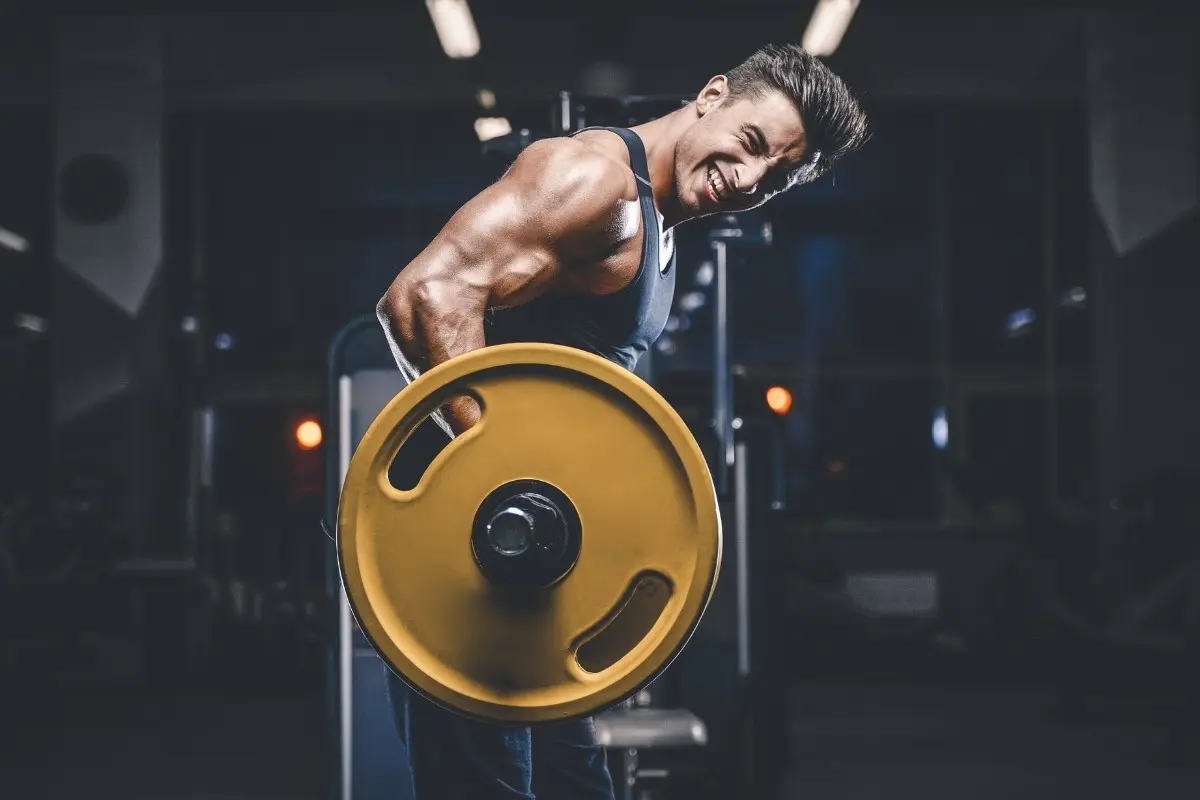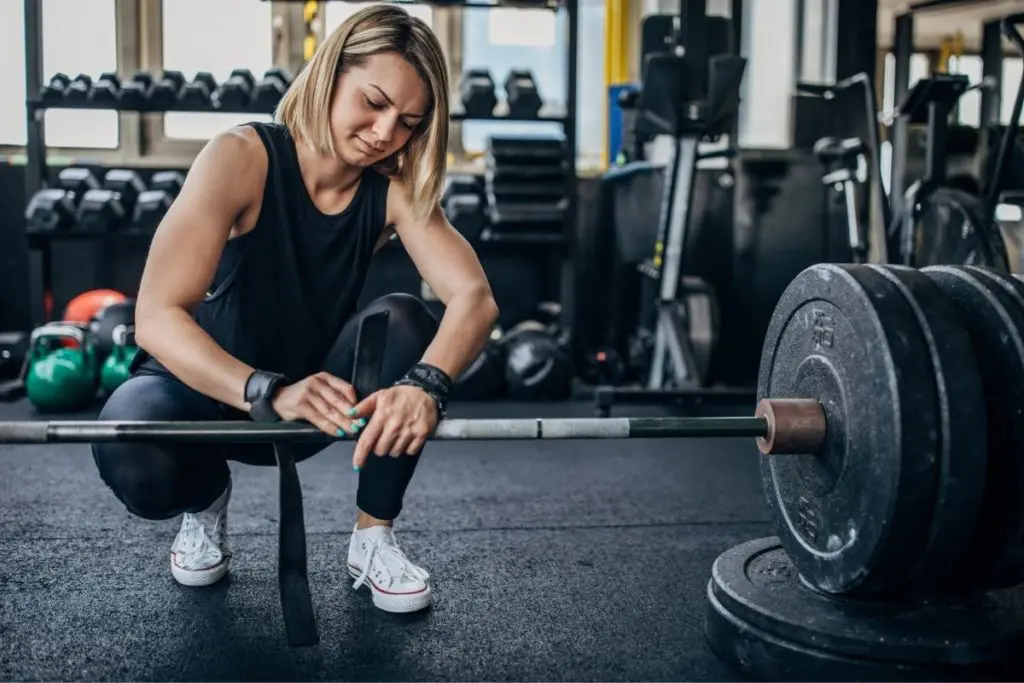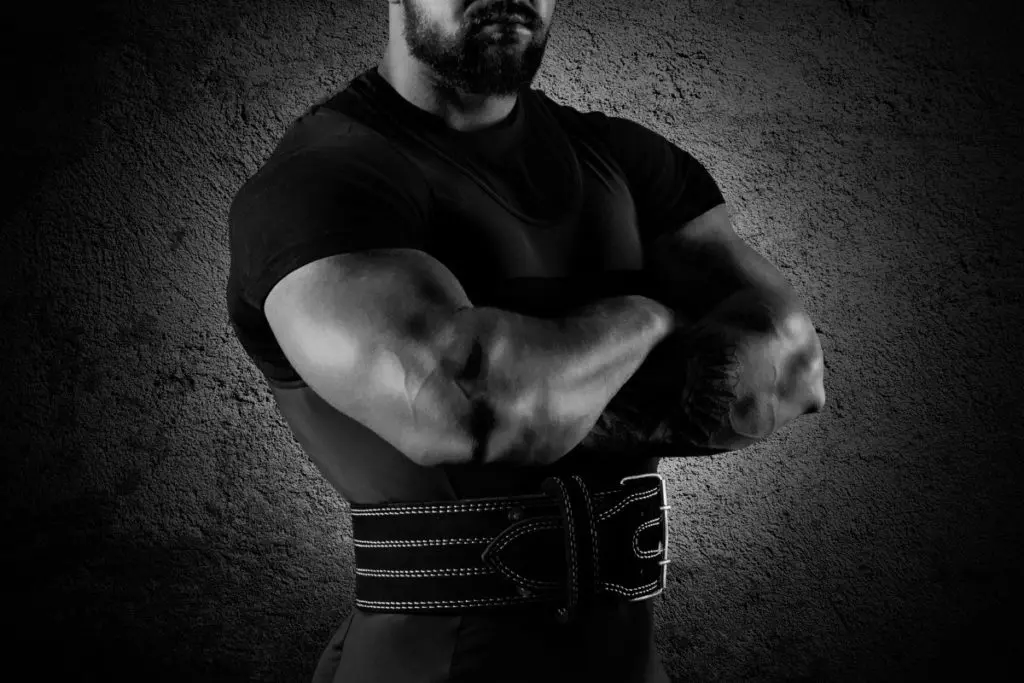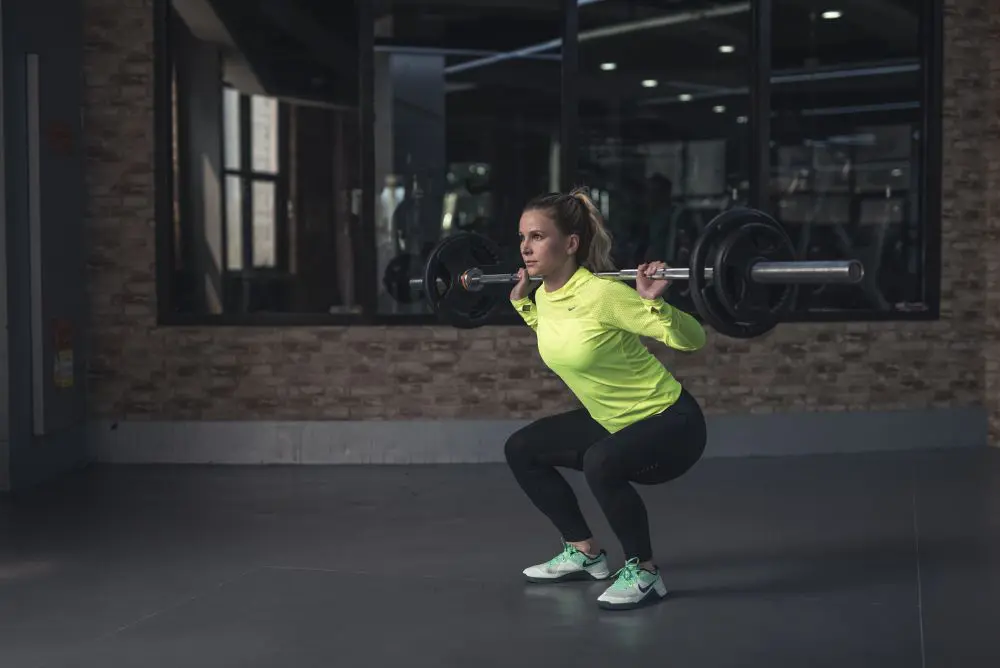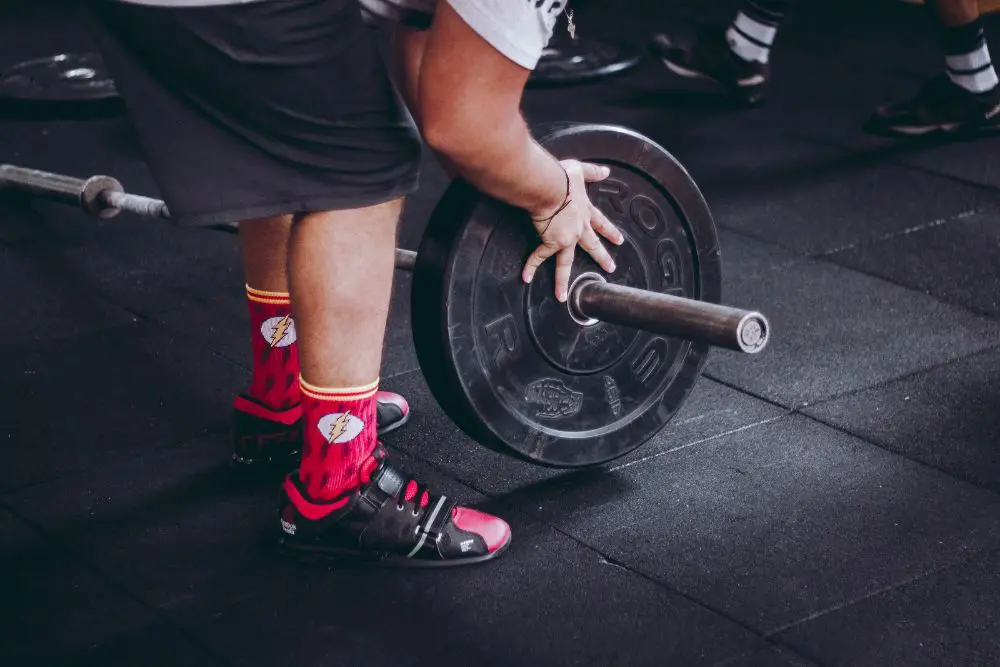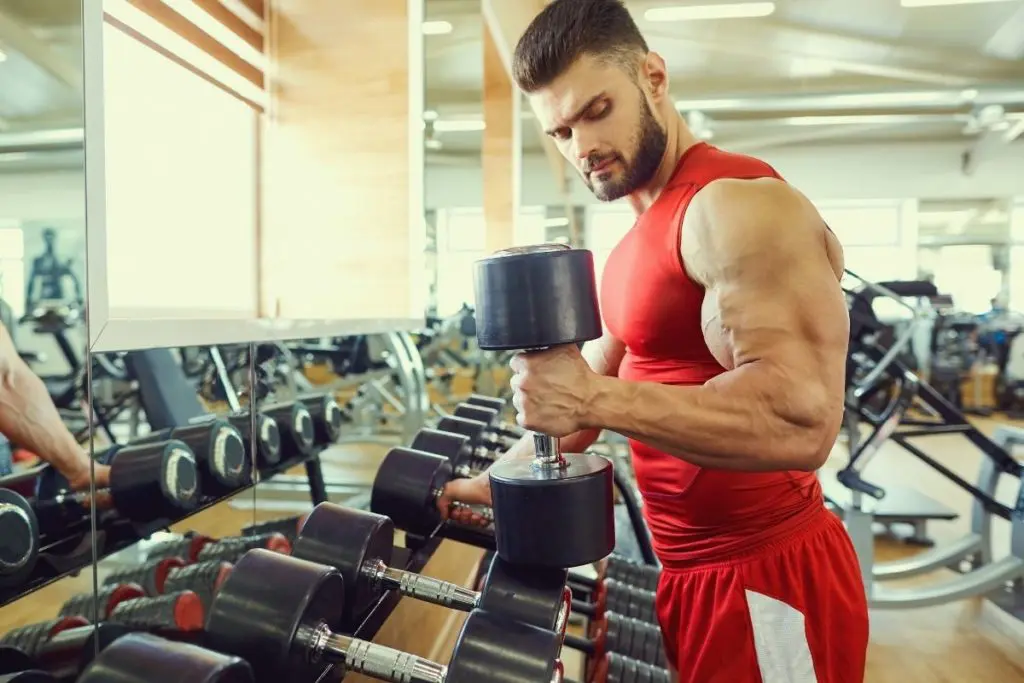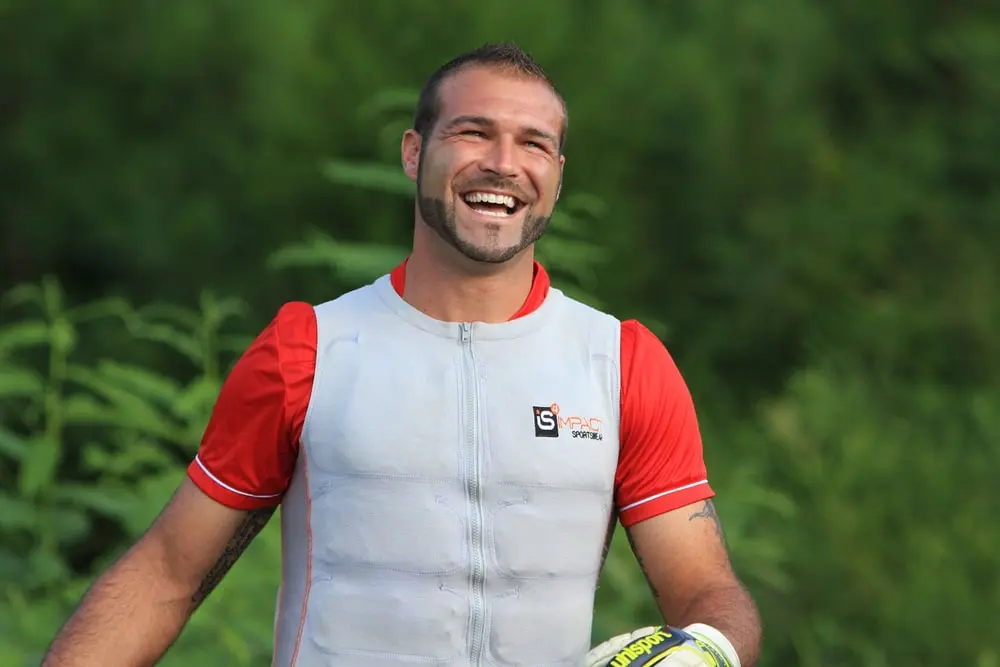If you’re wondering about powerlifting vs. bodybuilding, you’ve come to the right place.
There’s a lot of terminology to learn when you first get into weightlifting. When I first started, I didn’t know the difference between a squat rack and a half rack, or a deadlift and a deadweight. I’m pretty sure my gym buddy thought I was the latter.
A couple of standard terms that are easy to mix up are powerlifting and bodybuilding: what’s the difference? Turns out, a lot.
In this article, we’ll not only answer that question, but we’ll tell you a little about the benefits of each. We’ll even provide some pointers when getting started with either one, including powerlifting vs. bodybuilding diet recommendations.
What Is Powerlifting?
The objective of powerlifting as a sport is to lift as much weight as possible in nine reps or less. There are only three kinds of lifts in powerlifting, in this order:
- Squat
- Bench press
- Deadlift
In addition to lifting as much weight as possible, form counts for a lot in powerlifting competitions.
There are different rules, regulations, and standards across various powerlifting federations. No matter what, though, powerlifting’s objective remains the same: to get as strong as possible in just a few styles of lifts.
How to Start Powerlifting
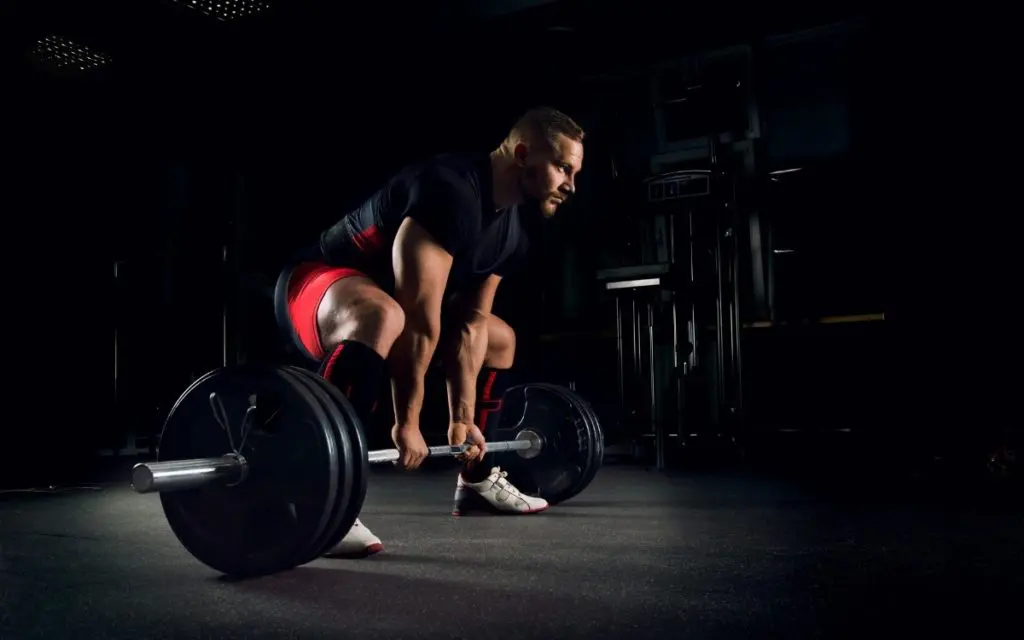
Before we jump into how to begin a routine, we have a quick PSA. Remember to focus on your form when beginning weight training. Start slow and ease into things gradually. With powerlifting, especially, it’s a good idea to work with a trainer or coach. This not only promotes safety, but can help you accelerate those gains!
As mentioned, there are different powerlifting federations with varying equipment regulations. That said, there are some standard pieces of equipment everyone needs to get started.
Besides the actual weights, of course, here is the equipment you’ll need to get started with powerlifting:
- Weightlifting belt
- Knee sleeves
- Wrist wraps
- Singlet
If you’re trying out powerlifting at home or in the gym for recreation, you can wear as much or as little of this kind of equipment as you’re comfortable with. If you intend to compete, however, you’ll want to check the rules for attire requirements.
Up next, we’ll cover what a powerlifting head judge will be looking at when you’re performing each kind of lift.
How to Squat in Powerlifting
A proper powerlifting squat begins by the lifter walking the bar out from the rack. The lifter must maintain control of the bar the entire time. The head judge then shouts, “squat!”
The lifter then descends and ascends of their own volition. What’s important is that a lifter’s hips descend beyond parallel (though with some federations, parallel is all that’s required).
After completing the squat, the lifter must return the bar to the rack while maintaining complete control and keeping the bar as motionless as possible.
Here are some pointers for your own practice:
- Keep knees locked while walking the bar out.
- Don’t “dump” the bar — or throw it off your back.
- The lift must be completed in less than a minute.
- Each successive lift must increase by 2.4 kilograms, or roughly 5.30 lbs.
How to Bench Press Powerlifting Style
To properly bench press powerlifting-style means the lifter’s butt, head, and shoulders must remain in contact with the bench at all times. In addition, the lifter’s feet must remain flat on the floor, and the lifter’s grip must not exceed the outermost rings on the bar.
Once a lifter has un-racked the bar and demonstrated control by remaining completely motionless, a judge may either say “down” or “start,” depending on the rules.
The bar is then lowered to the chest. Once there, the lifter must pause. The judge will then instruct, “press,” the bar will be lifted straight up. The bar must not be re-racked until the judge commands, “rack.”
Here are some additional things to keep in mind when bench pressing in a powerlifting competition, the most technical of all power lifts:
- The pause is essential. Touch-and-go bench pressing won’t cut it in a powerlifting competition.
- Like a squat, each bench press must be completed in less than a minute, and each attempt must increase by 2.4 kilograms, or about 5.30 lbs.
- Wrist wraps are commonly allowed, but no part of the wrap can touch the bar.
How to Deadlift in Powerlifting
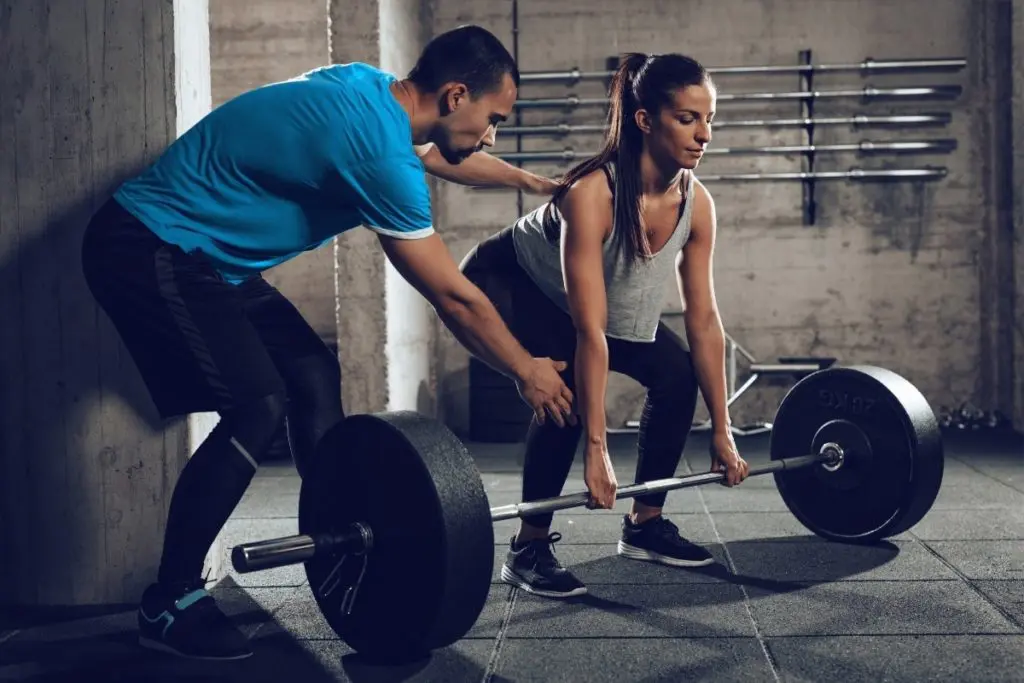
Deadlifting is perhaps the simplest of all the lifts. There is just one command from the judge, and the lifter can lift the bar whenever they are ready. The lift can be performed conventional or sumo stance. It’s the lifter’s choice.
What’s important is that, at the top of the lift, the hips are through and the shoulders back. There can also be no downward motion as the bar makes its way upward. After the lift is complete, the judge will then instruct, “down.”
Here are some other things that contribute to a proper powerlifting deadlift:
- Knee-high socks are required across powerlifting federations.
- The bar must be carried back down after the judge says, “down.” The lifter must not release their grip on the bar until the bar is entirely back on the ground.
- Like the other powerlifting lifts, each deadlift must go up by 2.4 kilograms, which is just about 5.30 lbs.
Benefits of Powerlifting
Even if you don’t choose to powerlift competitively, it’s a fun kind of weight-training to try with a coach, trainer, or experienced friend. Here are just a few of the many benefits of powerlifting for fitness and recreation:
1. Weight loss
Weight lifting burns a lot of calories. A thirty-minute weight-training session can burn as many as 133 calories.
2. You’ll get stronger
Powerlifting, even just for fun, will result in improved strength and improved bone density.
What Is Bodybuilding?
Unlike powerlifting, which is primarily about lifting as much weight as possible within a limited number of tries, bodybuilding is a form of resistance training to develop certain muscle sets for aesthetic purposes.
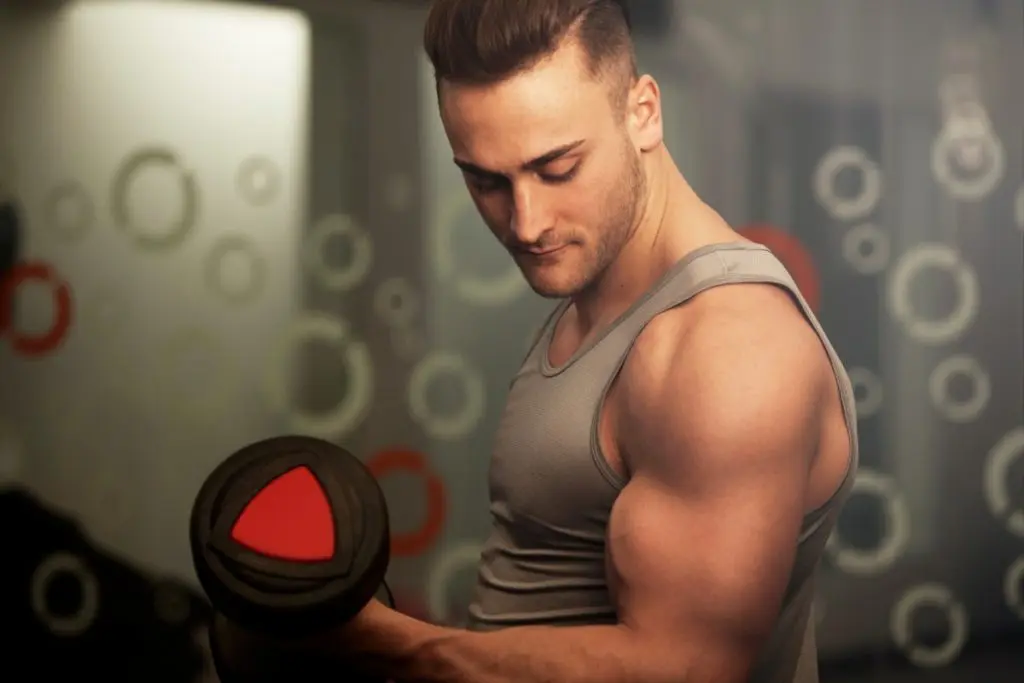
In other words, bodybuilding is about getting as cut as possible, and many bodybuilders compete to show off their bodies in competition. Even if prancin’ around all greased-up on a stage in a Speedo or bikini doesn’t sound interesting to you, bodybuilding is excellent exercise.
If you’re interested in bodybuilding, here’s what you need to know.
How Do Bodybuilders Train?
Bodybuilders train with less weight in general than powerlifters, but with more reps. A common term among bodybuilders is “rep to failure,” meaning to go at a certain weight until you can’t go any longer.
They also train with a mix of cardio and what are called body-part split-routines. That’s opposed to whole-body training, which is common among beginning lifters.
In addition, bodybuilders vary their training a lot between competition season, off-season, and pre-season. But here’s a broad overview of body-part split-routines, any time of the year.
What Is a Body-Part Split-Routine?
Body-part split-routines view a workout regimen from a weeklong, multi-day, or month-long perspective. Each day of the workout has a primary focus. This focus can include:
- Legs
- Back
- Shoulders
- Chest
In addition to a primary focus, each workout includes a secondary focus. This can include:
- Abs
- Triceps
- Biceps
This gives each muscle group a chance to rest between workouts. In turn, this allows bodybuilders to train as often as they do without injuring themselves, while also building as much mass as possible — the ultimate goal of bodybuilding.
A sample of a body-part split-routine could look like this:
- Day 1: Chest press, incline chest press, chest flies, triceps extensions, triceps pull-downs.
- Day 2: Pull-ups, rows, bent-over rows, rear delt flies, biceps curls.
As you can see, each exercise set is focused on specific muscles, giving each muscle set the chance to rest the following day.
Weightlifting beginners interested in fitness most often stick with a full-body workout. If gaining as much muscle mass as possible is your goal, if you’re looking for a little variety, or if you’re curious about bodybuilding — consider experimenting with a body-part split-routine.
Splits also work best if you can work out a lot, while full-body routines produce better results if you can only commit to a few days a week. Splits are also a good choice if you have an injury in a particular area of your body that you need to be gentle with (so as not to overwork it).
Workout routine aside, powerlifters and bodybuilders also approach their diets differently. More on that, next.
Powerlifting vs. Bodybuilding Diet
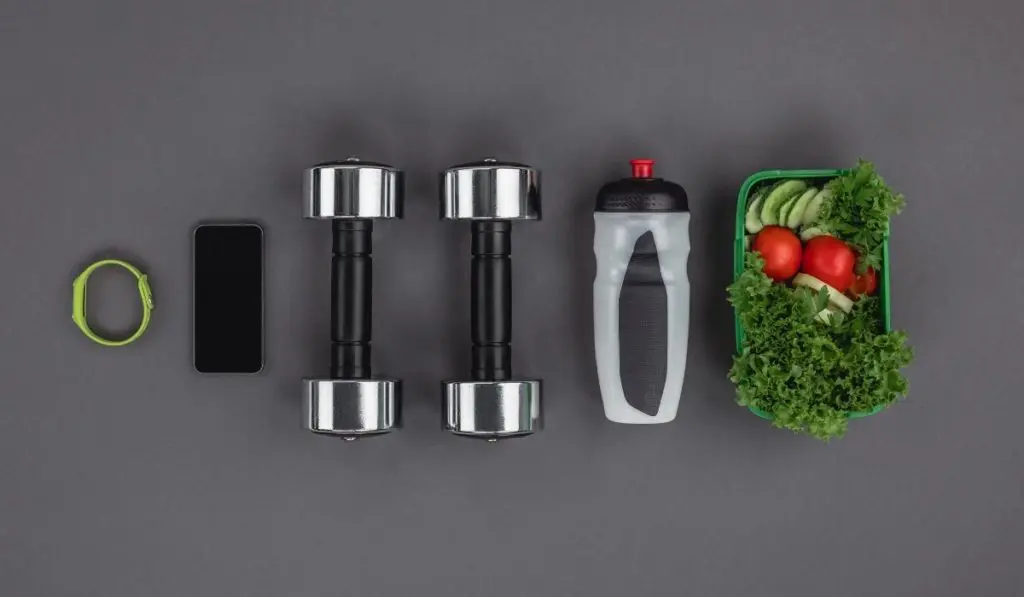
Training is only a part of powerlifting and bodybuilding. Diet is also an important consideration. Bodybuilders aim to get as cut as possible, so a bodybuilding diet is all about limiting carbs and fat as much as possible.
Powerlifters have many more options as far as diet goes. That said, powerlifting burns many calories, so powerlifting diets tend to focus on carbs, fats, and protein. Whatever will replenish those calories the quickest after a workout or competition is the way to go.
Up next are some examples.
Bodybuilding Diet: What to Eat and What to Avoid
Much of what a bodybuilder should eat is similar to what the layman should eat.
Eat: lots of fruit and vegetables, with whole grains, beans, nuts, seeds, and some lean meats. Fish and eggs are also a good option, as well as low-fat dairy products, and mono and polyunsaturated oils.
Don’t Eat: Saturated fats, cholesterol, salt, alcohol, added sugars, and sugary foods.
And as always, a bodybuilder should drink plenty of water and maintain a weight that’s right for the individual bodybuilder’s size and frame.
Powerlifting Diet: What to Eat and What to Avoid
The best diet for powerlifting is not so different from the best bodybuilding diet. However, since powerlifting burns many calories, a powerlifting diet promotes carb-loading and high levels of fat and protein.
Here’s a guideline:
- Carbs: 5–8 grams per every kilogram of the lifter’s bodyweight
- Protein: Up to 2 grams per every kilogram of bodyweight
- Fat: 30% of daily caloric intake should come from fat
No matter what, powerlifters should source their carbs, protein, and fat from sources that are as healthy and all-natural as possible.
On top of that, powerlifters time when they eat, “carb-loading” a few hours before a meet. Powerlifting diets also vary a lot in the off-season.
Powerlifting vs. Bodybuilding: Conclusion
The primary difference between powerlifting vs. bodybuilding is that powerlifters train to lift as much weight as possible within a certain number of reps, and only perform a few different lifts: squats, bench press, and deadlift.
Conversely, the objective of bodybuilding is to gain as much mass as possible, and a bodybuilding workout targets specific areas of the body. The focus is placed on lifting fewer weights and doing more reps.
Both bodybuilders and powerlifters compete.
In conclusion, both powerlifting and bodybuilding are excellent options for overall fitness and general wellbeing. We highly encourage checking one or both out! And who knows — you may just end up on a stage yourself.
Further Reading
